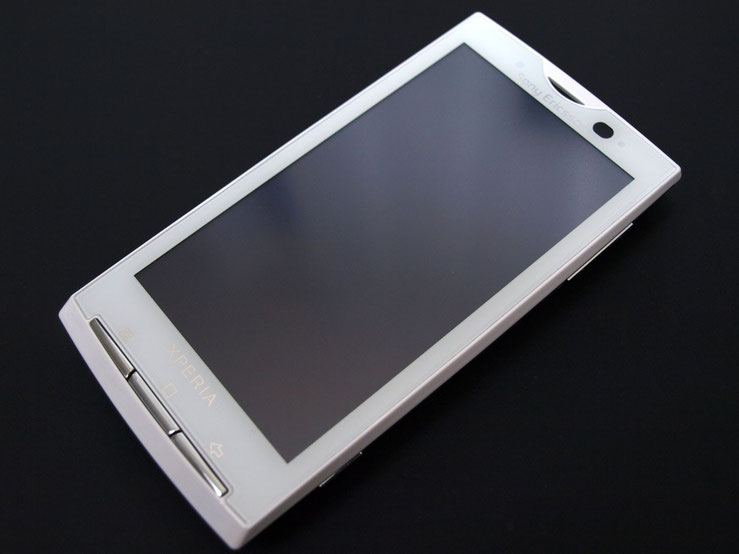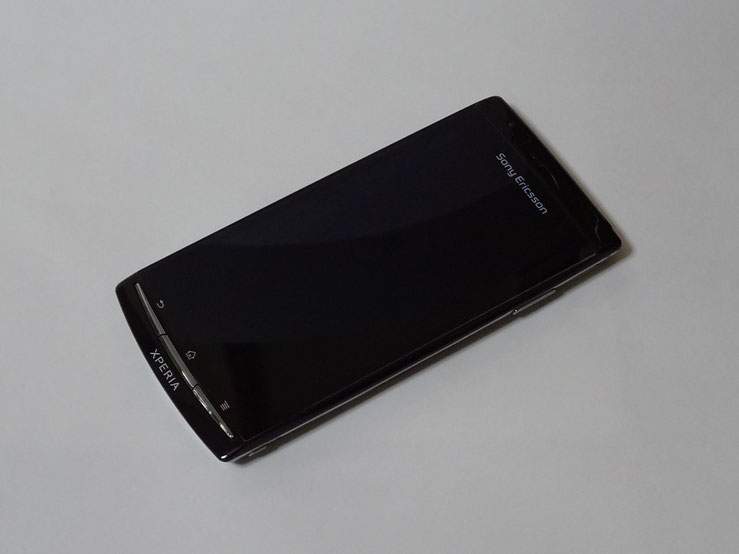- Acer
- AEG
- Alcatel
- Allview
- Amazon Mobiles
- Amoi
- Android Service Codes
- Aoson
- Archos
- Asus
- Avaya
- BBK
- Benefon
- BenQ Mobiles
- Binatone
- Bird
- BlackBerry
- Blackview
- BLU
- Bluboo
- Casio
- Cat phone
- Coolpad
- Cube
- Cubot
- DataWind
- Dell
- Digma
- Doogee
- Doro
- Eastcom
- Elephone
- Emporia
- FAEA
- Fairphone
- Fly
- Garmin
- Gigaset
- Ginzzu
- Gigabyte GSmart
- Gionee
- Google Nexus
- Goophone
- Gradiente
- GreatCall
- Haier
- Haipai
- Hero
- Highscreen
- Hoox
- Huawei
- HTC
- Hyundai
- Infocus
- Inmarsat
- Innos
- INQ
- Intel Mobiles
- iOcean
- iPhone Apple
- Iridium
- Jablotron
- Jiake
- Jiayu
- Jolla
- K-Touch
- Karbonn
- Keneksi
- Kyocera
- LEAGOO
- Lava Mobiles
- LeEco
- Lenovo
- LG
- Lumigon
- Marshall
- Maxon
- Maxwest
- Medion
- Meizu
- Micromax Mobiles
- Microsoft Lumia
- Motorola
- NEC
- Neonode
- Nextbit
- NGM
- Nokia
- OnePlus
- OPPO
- Orange
- Oukitel
- Palm
- Panasonic
- Pantech Mobiles
- Parla
- Philips
- Plum
- POSH
- Prestigio
- Sagem
- Samsung
- Samsung PDF Schematics and Diagrams
- Samsung (A-Series and B-Series) PDF Schematics and Diagrams
- Samsung (С-Series and D-Series) PDF Circuit Schematics and Diagrams
- Samsung E-Series PDF Circuit Schematics and Diagrams
- Samsung F-series PDF Schematics and circuit diagrams
- Samsung (G-series and J-series) PDF circuit shematics and diagrams
- Samsung L-series PDF Schematics and Circuit diagrams
- Samsung M-Series Schematics
- Service codes for Samsung smartphones
- SHARP
- Siemens
- Sony Xperia
- TCL
- Telefunken
- THL
- Thuraya
- Tianyu
- Tinno
- Tiptel
- Toshiba
- Ulefone
- UMI
- Vertu
- Vivo
- Vodafone
- V-Phone
- Wiko
- Wileyfox
- Xiaocai
- Xiaomi
- Zopo
- ZTE
Sony Xperia
See also:
Sony Mobile Communications Inc. (Formerly known as Sony Ericsson Mobile Communications AB) - Japanese company specializing in the production of mobile phones and other portable devices and accessories. It was founded in 2001 as a joint venture between the Swedish telecommunications manufacturer Ericsson and Japanese electronic manufacturer Sony technology. Headquartered in Tokyo, but the company is registered in Sweden.
Until October 2011, the company equally owned by the company Sony Digital Telecommunication Network Company and the Ericsson Division Consumer Products. October 27, 2011 Sony bought out the 50% (of the company Sony Ericsson), owned by Ericsson, for 1.05 billion euros, announcing that the company's new products will be released under the Sony brand. In mid-February 2012 the share of Ericsson takeover was completed, and the company changed its name to Sony Mobile Communications.

History
The only resource of Ericsson for the production of electronic components for mobile phones in the 90s was the Philips plant in New Mexico. In March 2000, the factory there was a fire, which destroyed the equipment and who brought down the production line. Philips has hastened to assure Ericsson and Nokia (who is also a customer of chips there), that production will be suspended for no more than a week. It soon became clear that troubleshooting will take several months, and the company Ericsson was faced with a shortage of components. This has called into question its future as a mobile phone manufacturer. At the same time, supply problems have affected chips and Nokia, which had to urgently look for new suppliers of the equipment. Ericsson, which was at the beginning of 2001 the third largest mobile phone manufacturer, has faced serious risks which have been caused by fire. In order to reduce production costs the company decided to cooperate with Asian manufacturers, and in the first place - with the Sony.
In August 2001, concerns by Sony and Ericsson have agreed on the conditions of association of the mobile units and further cooperation. The total number of employees at the time of founding a united enterprise was 3,500. Since 2002, the two companies finally stopped the release of phones under their own brands, and scheduled for the 2002-2003 year range already produced under the trade mark of Sony Ericsson. Both companies had at that time a rich experience in the production of mobile phones, which allowed to combine already existing for the benefit of development of new products. In particular, the Sony phones were first used the JogDial navigation wheel, which later successfully used in digital players Sony and communicators Sony Ericsson P-series, and many machines of the newly formed company, issued in 2002, inherited the concept of Ericsson.
The priority for Sony Ericsson was the launch of mobile phones with digital shooting and other multimedia features, such as the possibility of pumping video clips, flexible setup menu, the usability of the music files, and so on. D. By the end of 2002, Sony Ericsson has released several models of mobile phones have color displays and a variety of multimedia features, which was an innovation in the mobile industry at the time. At the same time, the company United continued to suffer losses, in spite of the successful sale of some models.
Start of change
In June 2002, Sony Ericsson announced the termination of the CDMA mobile phone production (Code division multiple access) for the US market and announced its desire to focus on the GSM standard as the most promising technologies in the field of mobile communications. In October 2003, the company recorded a net profit from the first mobile phone sales. The first successful model of Sony Ericsson, the company which brought the popularity and recognition of the users around the world, is considered T610. Functionality T610 set a new bar for the mobile device market. The phone has successfully combined both design and unprecedented by the standards of 2003 features: large color screen, E-mail-client format support MMS, WAP 2.0, GPRS, Infrared, Bluetooth, and more. In addition, in the same year the company introduced a smartphone P800, which has become popular in many regional markets. And soon after that, in October 2003, at the international exhibitions in Las Vegas and Beijing has shown the P900 model, compare favorably with those of his predecessor, speed, usability and compactness.
In 2004, Sony Ericsson share increased from 5.6% in the first quarter to 7% in the second. In the same year the company introduced a new smartphone P910 c additional QWERTY-keyboard, a built-in e-mail-client, four times more memory than previous smartphones, and a large-screen TV.
In February 2005, the exhibition 3GSM World Congress Sony Ericsson President Miles Flint (Miles Flint) spoke about the production of new mobile devices the company's plans, combining all the advanced features of the digital media player and phone. The mobile device will come under the Walkman brand and will be able to work freely with various music formats such as MP3 and AAC.

Brands Walkman and Cyber-shot
The basis of the product line of Sony Ericsson accounted for two lines of models produced under the Walkman brand (phones with an emphasis in music component) and Cyber-shot (so-called "camera phones"). Both brands were borrowed from Sony, at the time of occurrence of the same name phones were already well known on the market thanks to the music player and digital cameras Japanese concern. In 2005, Sony Ericsson introduced a model K750 and W800 - the first product of the company, which was released under the brand Walkman. Both models have an unprecedented demand in the market and have become bestsellers in the first two months after launch. In October 2005, Sony Ericsson announced the first smartphone based on the platform UIQ 3 - Model P990.
In 2006, Sony Ericsson introduced the first model of the range Cyber-shot - K790.
In 2007, the company introduced a 5-megapixel phone Sony Ericsson K850i, and in 2008 - Sony Ericsson C905 8-megapixel camera. During the exhibition Mobile World Congress in 2009, the company had announced a 12-megapixel smartphone based on Symbian called Satio.
January 2, 2007 the company announced the transfer of part of its production facilities at plants in India. According to the partnership agreements, the Sony Ericsson plans included the production of 10 million phones by 2009 at factories FLextronics and Foxconn.
February 2, 2007 Sony Ericsson acquired UIQ Technology - soft-shell program producer devices, is a subsidiary of Symbian Ltd. According to Sony Ericsson President Miles Flint, UIQ will develop from now on as an independent company.
Total in 2007, the company has released more than 20 mobile phone models, and the classification of products has become more unified. Over the next two years the company has released several products based on UIQ, among which the most popular are: P990, M600, and P1.
In 2008, the company Sony Ericsson has announced a new line of mobile phones, united trademark the Xperia. Released in the same year model Xperia X1 smartphone is the first company based on Windows Mobile. According to the company plan, the basis of Xperia lineup should be the most technically advanced solutions. The exception was the model of Sony Ericsson X5 Pureness - fashion solution for lovers of expensive products with unusual features. A distinctive feature of the X5 become transparent display, while the model sold in a limited edition of exclusive showrooms. Total company was released 3 smartphone on Windows Mobile - X1, X2 and M1 Aspen. Since the end of 2009 under the Xperia brand began to emerge only smartphones based on the Android operating system from Google.
In 2009, the company's profit from the sale of mobile phones has decreased considerably, resulting in massive job losses, the closure of R & D centers in the UK, USA, India, Sweden and the Netherlands. In addition, were closed UIQ development centers in London and Budapest.
In September 2009, the company introduced new graphic elements in the company's logo - a static logo in the form of white and green globe (symbolizing the fusion of the letters «S» and «E») added wave (Liquid Energy), and the logo itself has acquired a new range of colors. In addition, the company borrowed the slogan «Make.Believe» from Sony, emphasizing the ideological kinship of products of both companies and the simplicity of their convergence.
Products
In addition to its phones, the company has, until recently, sold under the Sony Ericsson brand of low-end models of the company Softinnova (formerly Sagem). Among these phones include Sony Ericsson F305, Sony Ericsson S302, SonyEricsson S312, Sony Ericsson W302, Sony Ericsson W395.

Earlier ODM-scheme-party vendors also released phones J100, J110, J120, J132, K200, K220, K330, R300, R306, T250, T280, T303, Z250, Z320.
In 2011 announced the model: - Sony Ericsson XPERIA Arc - Sony Ericsson XPERIA Play - Sony Ericsson XPERIA Neo - Sony Ericsson Xperia ray - Sony Ericsson XPERIA Pro - Sony Ericsson XPERIA Mini - Sony Ericsson XPERIA Mini Pro - Sony Ericsson XPERIA Arc S - Sony Ericsson XPERIA Neo V
In 2012 announced the model: - Sony Xperia S - Sony Xperia P - Sony Xperia U - Sony Xperia Sola - Sony Xperia Ion - Sony Xperia Go - Sony Xperia acro S - Sony Xperia miro - Sony Xperia tipo - Sony Xperia tipo dual - Sony Xperia neo L - Sony Xperia SL - Sony Xperia TX - Sony Xperia T - Sony Xperia V - Sony Xperia J
In 2013 announced the model: - Sony Xperia Z - Xperia ZL
See also: manuals for TCL smartphones
